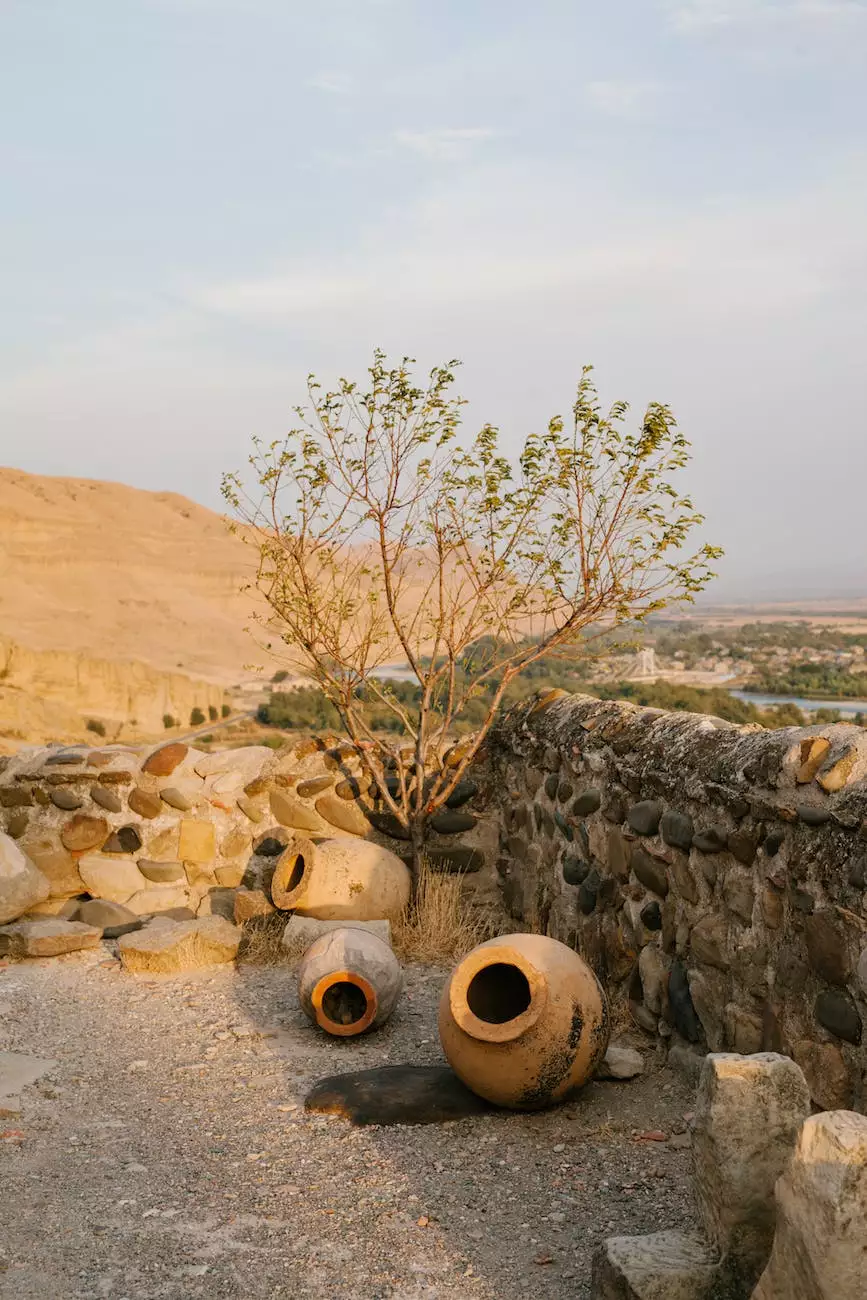Texas Plants and Trees
Residential
Welcome to A+ Affordable Fence & Repair's guide to Texas plants and trees. In this comprehensive resource, we will introduce you to the diverse range of native flora that can enhance the beauty and sustainability of your home garden. Whether you're a gardening enthusiast or a homeowner looking to improve your landscaping, understanding the various plants and trees that thrive in Texas is essential.
The Importance of Native Texas Flora
When it comes to landscaping, incorporating native plants and trees offers numerous benefits. Native species have adapted to the region's climate, soil conditions, and ecosystem. By selecting plants and trees that are naturally found in Texas, you can create a sustainable outdoor space that requires less water, fertilizers, and maintenance.
Benefits of Native Texas Plants and Trees
- Water Efficiency: Native plants are well-suited to Texas' arid climate, requiring less irrigation than non-native species.
- Biodiversity: Supporting native flora in your garden helps maintain habitat for local wildlife, including birds, butterflies, and pollinators.
- Low Maintenance: Native plants are adapted to the local environment, making them more resistant to pests, diseases, and extreme weather conditions.
- Sustainability: By reducing the need for excessive watering, fertilization, and pesticide application, you can minimize your environmental impact and conserve resources.
Gardening with Texas Plants and Trees
1. Choosing the Right Plants
When selecting plants for your Texas garden, consider factors such as sun exposure, soil type, and available space. Opt for a mix of flowering plants, shrubs, and trees to create visual interest and provide habitats for wildlife.
2. Native Perennials
Native perennials are excellent choices for Texas gardens, as they return year after year and require minimal maintenance. Some popular options include:
- Bluebonnets: The iconic state flower of Texas, bluebonnets add a vibrant burst of blue to your garden in spring.
- Black-eyed Susans: These cheerful yellow flowers bloom throughout the summer, attracting butterflies and bees.
- Mexican Feathergrass: With its feathery, ornamental grass-like foliage, Mexican Feathergrass adds texture and movement to your landscape.
3. Native Trees
Texas is home to a variety of beautiful native trees that thrive in different regions of the state. Consider planting trees that provide shade, enhance privacy, and contribute to the overall aesthetic appeal of your garden. Some noteworthy choices include:
- Lacey Oak: This drought-tolerant tree features vibrant fall foliage and is well-suited to the central and western parts of Texas.
- Bald Cypress: Ideal for wetter regions, the Bald Cypress impresses with its grand appearance and unique buttressed roots.
- Live Oak: Known for its large canopy and longevity, the Live Oak is a popular choice across Texas, providing ample shade and a majestic presence.
Tips for Successful Planting and Care
1. Soil Preparation
Before planting, ensure your soil is well-prepared. Texas soils can vary greatly, so it's important to understand your soil type and make necessary amendments. Conduct a soil test to determine its composition and pH levels, allowing you to tailor your fertilization and amendments accordingly.
2. Watering Guidelines
While native plants and trees require less watering than non-native species, it's crucial to establish appropriate watering practices. Water deeply but infrequently to encourage root growth and drought tolerance. Consider using drip irrigation or soaker hoses to minimize water waste.
3. Mulching
Apply a layer of organic mulch around your plants and trees to conserve moisture, suppress weeds, and regulate soil temperature. Use mulch made from organic materials such as wood chips or shredded leaves.
4. Pruning and Maintenance
Regular pruning helps maintain the health and shape of your plants and trees. Remove dead or diseased branches, trim overgrown areas, and shape shrubs and hedges to enhance their appearance. Follow proper pruning techniques to avoid stress or damage to the plants.
5. Integrated Pest Management
Prevent and manage pest infestations using integrated pest management (IPM) techniques. This approach focuses on using environmentally friendly methods, such as biological controls and cultural practices, to minimize the use of pesticides while effectively managing pests.
By following these tips and exploring the wide array of Texas plants and trees, you can create a stunning and sustainable garden that reflects the beauty of the Lone Star State. A+ Affordable Fence & Repair is committed to providing you with expert guidance and premium materials for all your landscaping needs. Start transforming your outdoor space today with native Texas flora!




